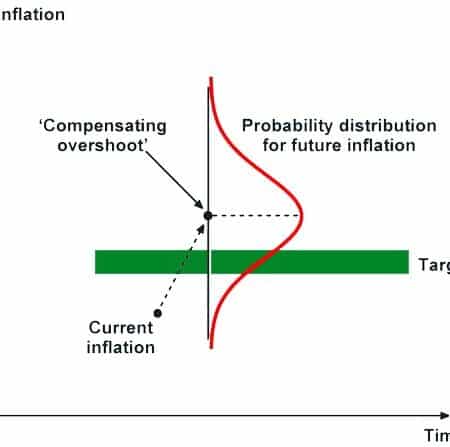
Pakistan Institute of Development Economics
- Home
Our Portals
MenuMenuMenuMenuMenuMenuMenu - ResearchMenuMenuMenuMenuMenuMenuMenu
- Discourse
- The PDR
- Our Researchers
- Academics
- Degree Verification
- Thesis Portal
- Our Portals

Mis-targeting or Under-performance: A case of Monetary Policy in Pakistan
State Bank of Pakistan (SBP) traditional functions include issuance of currency notes, regulating the financial sector, conduct of monetary policy, and lender of last resort whereas the secondary functions are managing foreign exchange and public debt, maintaining close relationships with international financial institutions and working as policy advisor of Government. Non-traditional functions include financial framework improvement, training facilities provision to bankers, and also providing role for the Islamization of banking structure.
Section 9A of State Bank of Pakistan Act, 1956 defines that the SBP is responsible for monetary policy formulation and its implementation while considering the Federal Government’s Targets for growth and inflation. It is done in accordance with recommendations of Monetary and Fiscal Policies Coordination Board (MFPCB). In May 2015, SBP introduced ‘Target Rate’ for overnight money market repo rate, as a new ‘Policy Rate’ to unambiguously signal monetary policy stance. This is consistent with the annual GDP growth and inflation rate targets set by the government. The instruments through which SBP does it include SBP Interest Rate Corridor (i.e. Overnight Reverse Repo (Ceiling) rate and Overnight Repo (Floor) rate), T-Bill auction, open market operation (OMO), Statutory Liquidity ratio (SLR), and Statutory Cash Reserve Requirement (CRR).
SBP adopts discretionary framework and no rule of any kind is announced as a guide for monetary policy in Pakistan nor does empirical research identify any. We observe policy inconsistency and reversal most of the time. For instance, in the early 2000s monetary policy was loose in Pakistan but in 2005 SBP started raising interest rate to keep inflation under control. But when inflation rate reached its peak in 2008, SBP did not increase interest rate to the level required at that time to curb inflation as before. These policy reversals are either due to conflict in objectives of monetary policy or because of fiscal pressure.
SBP got autonomy after financial sector reforms of 1990s but still it cannot put a limit on government borrowing herself. The recent enrollment in IMF program required to completely stop borrowing from the SBP. Due to these issues performance of monetary policy remained poor, reflected by missing of most of targets. It is imperative to evaluate the targets set by SBP and achievements overtime. The following graphs shows the gap in targets and achievement with target values of inflation against actual and average values.

Inflation rate was above its target most of the times; specifically in 1990s, and then from 2007 to 2011. However, it has been below the average rate of inflation (i.e. 8.9% in sample of 30 years). It was as low as 2.5% in 2002 and a high value of 20% in 2009.
Now if we see the gaps (i.e. actual-targeted and actual-average) effectiveness of MP becomes evident. Average Deviation of actual inflation from target level of inflation is 1.6% and gap in actual versus average is 0.1%. Further there is a cyclical pattern in the gaps both for the actual- targets and actual-average deviations.

Now we add the second perspective of macro policy targeting i.e. the GDP growth. On average, GDP growth rate was lower than the targeted values and opposite is observed in the peak of boom periods in the mid of 2000s. Comparing targets with average growth rates a typical output gap cycle appears which is on the higher side.

The gaps have been negative almost for all the years in our sample period (1990-2019) except for three years 2003-2005. This gap was as high as -3.5 in 1994.
Finally, if we compare the inflation and growth targets then interestingly it appears both mis-target together. There is a synchronization in gaps for most of the sample years. In years when we have missed, the inflation targets (over targeted) are also the same when we are missing the output targets(under performance). Therefore, there appears to be a cost of over targeting the inflation i.e. the output growth.

Download full PDF


